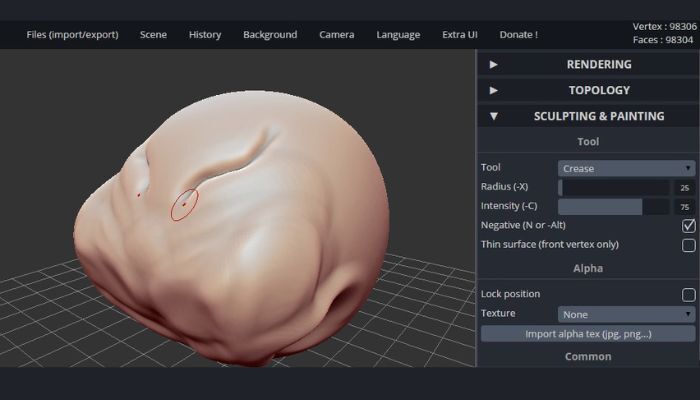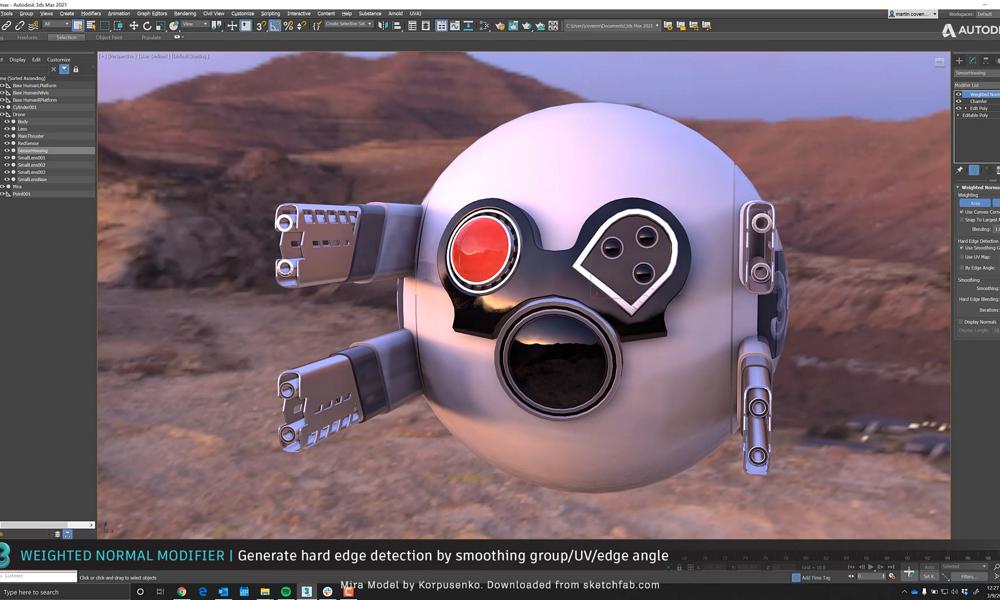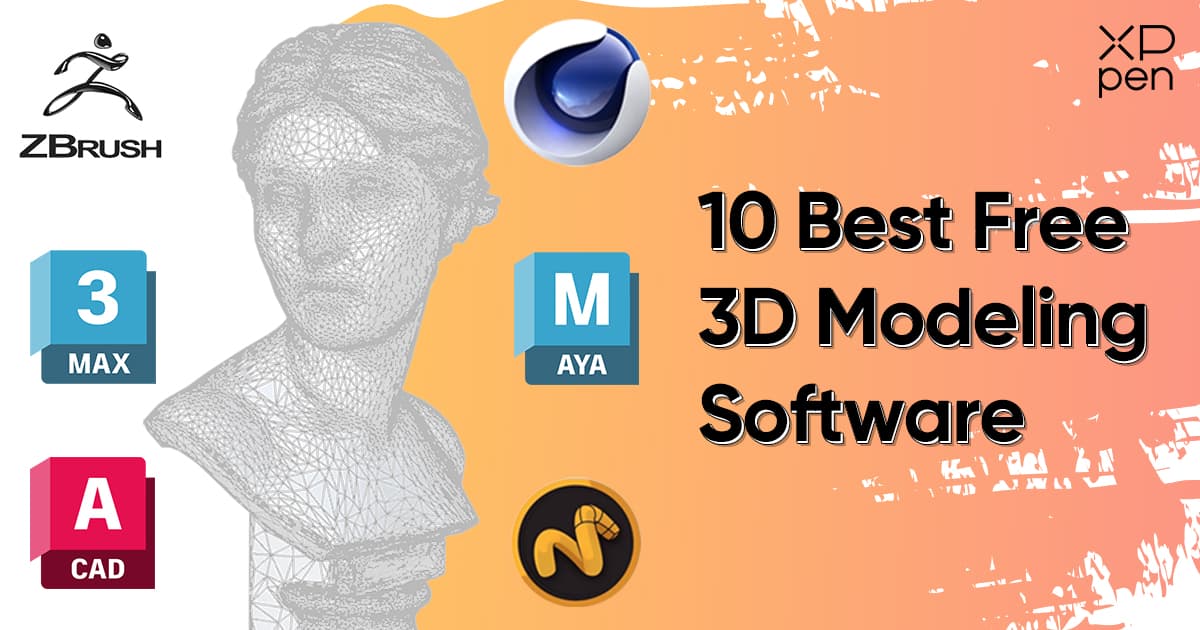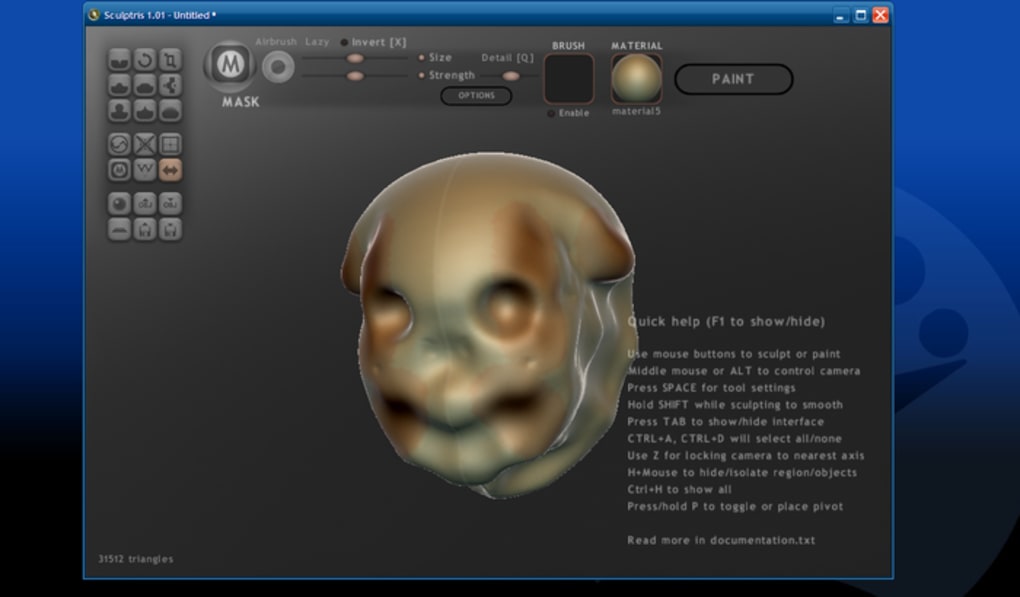7 Ways 3D.Software Elevates Your Brand Authority
Position your company as the industry leader with this premium domain that instantly communicates expertise and professionalism in the 3D software space.
- Instant Industry Recognition: The domain immediately identifies your business as a 3D software specialist
- SEO Powerhouse: Contains high-value keywords "3D" and "software" that customers actively search for
- Global Appeal: Universal terminology understood worldwide in the tech industry
- Professional Credibility: Establishes trust with enterprise clients and individual users
- Memorable Branding: Easy to remember and type for direct traffic generation
- Versatile Applications: Perfect for CAD tools, animation software, modeling platforms, or rendering services
- Investment Value: Premium domains in tech sectors consistently appreciate in value



